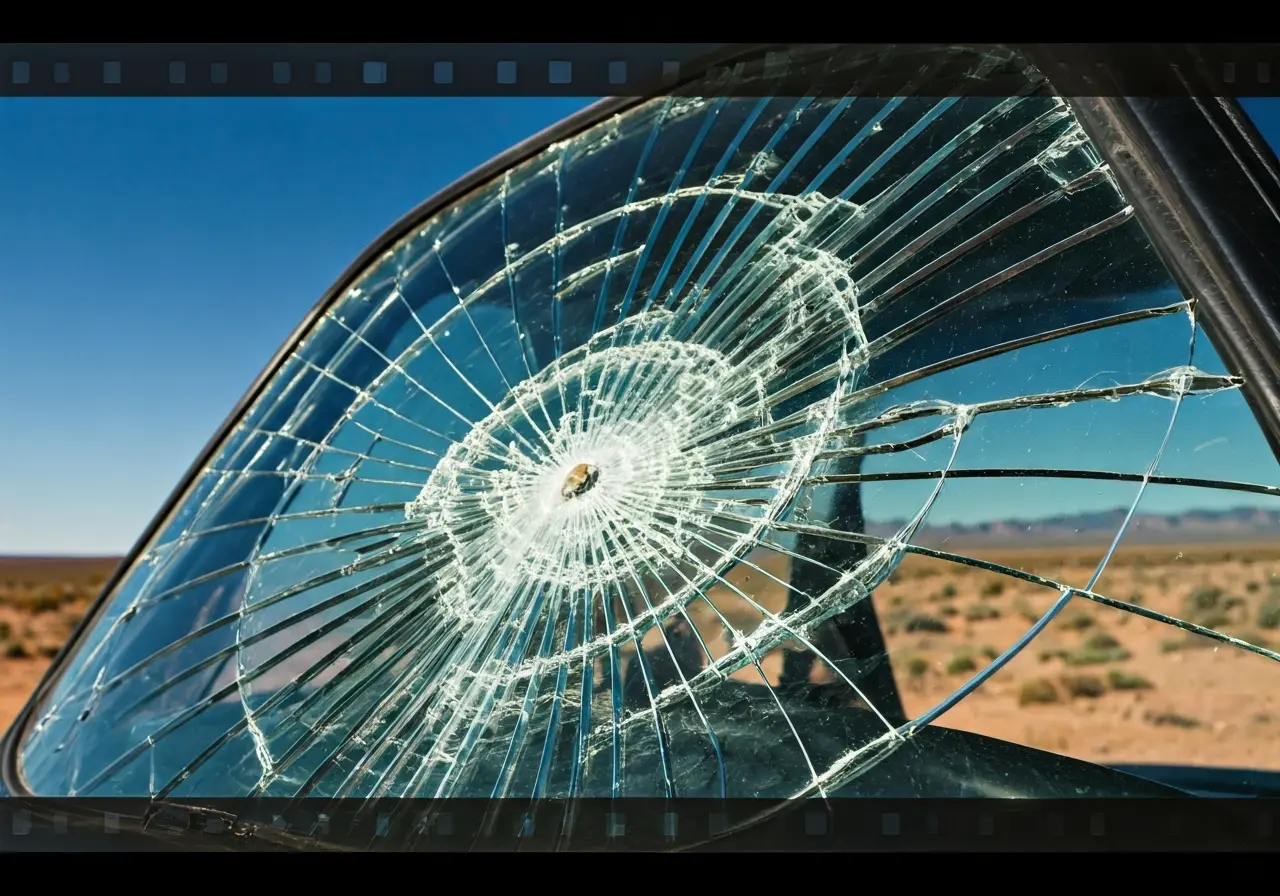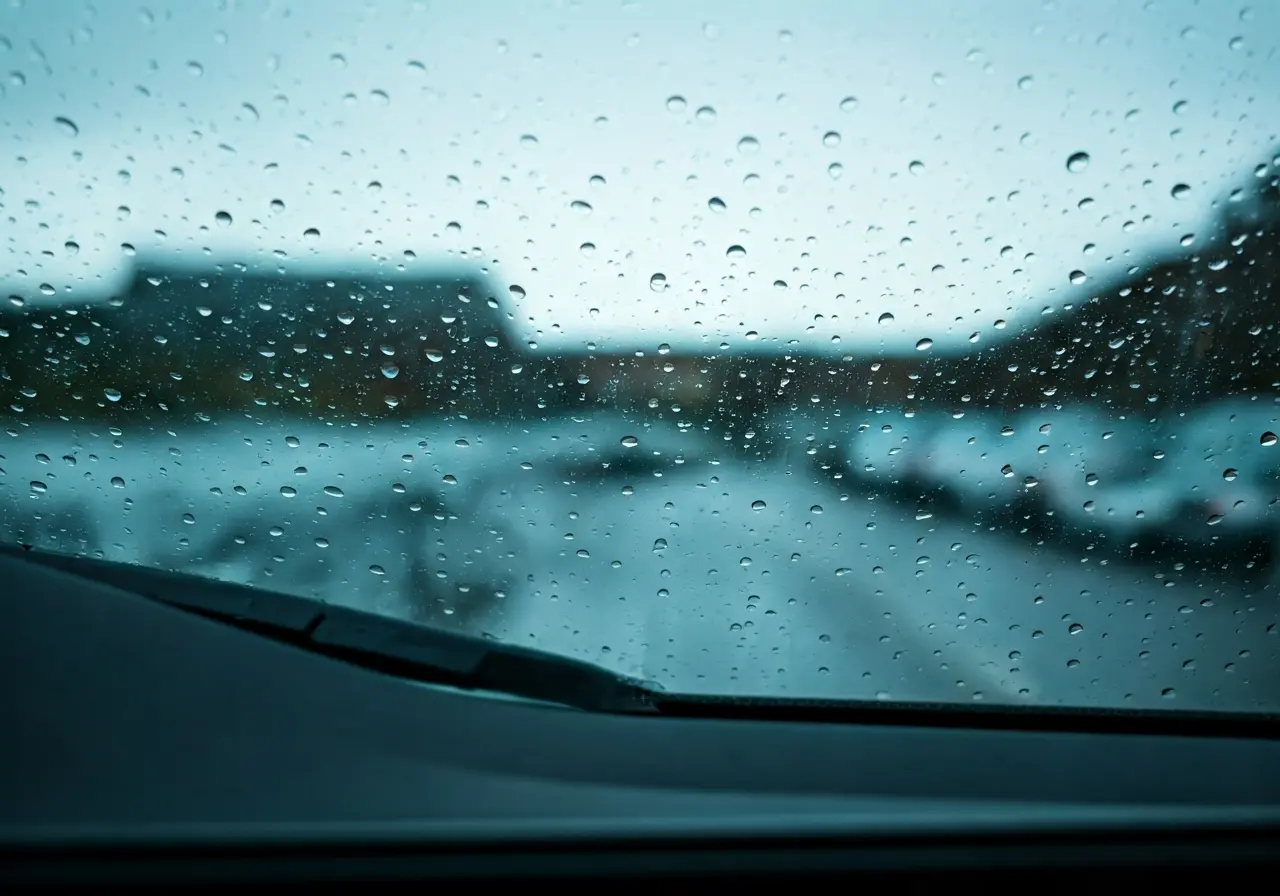In recent years, the auto glass industry has seen remarkable advancements that are redefining safety, functionality, and aesthetics. From enhanced safety features to smart glass applications, these innovations are setting new industry standards and paving the way for the future of automotive design.
Reinforced Safety with Advanced Glass Materials
New materials like laminated and tempered glass are designed to withstand high-impact forces, reducing the risk of shattering and ensuring greater passenger safety during accidents. These innovations reflect the industry’s commitment to safety, which remains a paramount concern for both manufacturers and consumers alike. A significant advancement is the incorporation of gorilla glass, known for its exceptional strength and light weight, into automotive applications. Developed initially for consumer electronics, this material’s migration into the automotive realm represents a leap forward in vehicle safety and performance, improving both crash resistance and fuel efficiency by reducing vehicle weight Technavio’s report. Furthermore, the use of self-healing glass coatings is gaining traction. These coatings can autonomously repair minor scratches and chips, maintaining the windshield’s clarity without the need for time-consuming repairs.
Advancements in safety glass technology have paved the way for enhanced protective features. Reinforced glass with multi-layered laminations not only prevents shattering but also provides a crucial line of defense during rollover accidents. In addition, the integration of sensor technologies within the glass panels is elevating safety standards. These sensors monitor environmental conditions and vehicle dynamics, seamlessly integrating with ADAS (Advanced Driver Assistance Systems) to enhance overall vehicle safety. ADAS uses a combination of cameras, radar, and lidar, often embedded in the windshield, to provide an extra set of ‘eyes’ on the road. This clever integration helps with lane-keeping assistance, automatic emergency braking, and adaptive cruise control features Augmented Reality in Windshields. The evolution of these materials highlights a growing trend towards integrating high-tech with high safety, a direction that promises to benefit consumers and manufacturers alike with increased vehicle integrity and passenger protection.
Smart Glass and Its Multifunctional Capabilities
Smart glass technology is revolutionizing the driving experience by allowing for features such as automatic tinting, glare reduction, and even displaying information directly on the windshield. The advent of augmented reality windshields, for instance, brings dynamic navigation overlays and critical driving alerts directly into the driver’s line of sight. These AR displays are controlled by a network of sensors and cameras, projecting real-time information like speed limits, navigation guidance, and collision alerts on the windshield 2025 Trends in Smart Glass. This integration ensures that drivers can maintain focus on the road while accessing relevant driving information. Moreover, these smart features are not solely confined to the windshield. Dynamic glass tinting adjusts the level of tint based on weather conditions or personal preference, significantly enhancing comfort by controlling the amount of sunlight and heat entering the cabin.
Beyond enhancing comfort and convenience, smart glass technology also adds a layer of security. Electrochromic smart glass can instantly turn opaque to protect the vehicle’s interior from prying eyes, thereby deterring theft. This privacy feature complements other driving aids, contributing to the overall security framework of a modern vehicle. Furthermore, the integration of smart glass technology amplifies vehicle connectivity by interfacing with a car’s infotainment system. Real-time navigation updates, incoming calls, and even vehicle diagnostics can be displayed in a customizable format, putting essential information front and center without distractions. The ability of smart glass to act as an interface for such technology opens up new possibilities for futuristic head-up displays (HUDs) that replace traditional dashboard instruments. As we venture into an era where connectivity and autonomous functions become standard, the shift towards fully realized smart glass ecosystems in vehicles appears not only inevitable but also imminent.
Innovations in Environmental Sustainability
The auto glass sector is seeing a surge in eco-friendly practices, such as integrating recyclable materials and improving the energy efficiency of glass production processes. The emphasis on sustainability has led to the development of solar-reflective glass, which not only reduces the heat load inside vehicles but also minimizes the need for air conditioning, thereby enhancing fuel efficiency Solar Reflective Innovations. This type of glass can deflect harmful UV rays, preserving the vehicle’s interior while contributing to overall energy conservation. Furthermore, production techniques have evolved to drastically cut pollution and energy consumption, incorporating recycled materials into new glass. This approach not only reduces the carbon footprint associated with manufacturing but also aligns with broader environmental targets within the industry.
Efforts are also being made to incorporate biodegradable coatings into auto glass manufacturing. These coatings break down more efficiently than traditional chemical treatments, reducing environmental impact at the end of a vehicle’s life. Moreover, partnerships with sustainability-focused organizations aim to repurpose automotive glass waste, further supporting the circular economy model. There is a growing interest in lightweight glass solutions that not only improve vehicle aerodynamics and fuel efficiency but also reduce the amount of raw material needed for production. By leveraging cutting-edge technologies and sustainable practices, the auto glass industry is making significant strides towards reducing its environmental footprint, ensuring that both today’s needs and tomorrow’s resource concerns are addressed in the design and manufacturing processes.
Enhanced Aesthetics Through Customizable Options
Automakers are now offering customizable glass options to allow for personalized vehicle aesthetics, from unique tint colors to bespoke sunroof designs. These bespoke options give car owners a chance to truly express their personality and preferences through their vehicle’s design. Custom tints can be applied in a variety of hues, providing not only a visual appeal but also functional benefits by controlling interior lighting levels and reducing glare. Additionally, sunroofs and panoramic glass roofs are increasingly designed with customizable shades that can transition from transparent to opaque at the push of a button, enhancing both privacy and comfort without sacrificing style Auto Industry Glass Trends.
In the realm of vehicle aesthetics, etched and patterned glass is gaining popularity. This allows manufacturers to incorporate distinct designs directly into the glass, offering an unparalleled level of customization that goes beyond traditional options. Whether it’s a subtle pattern on privacy glass or intricate designs on windshields and back windows, etched glass enhances the visual appeal of any vehicle. Beyond aesthetics, there is also a focus on interior coherence, where glass components are integrated into the overall design scheme of the vehicle’s cabin. For instance, integrating glass surfaces into interior lighting systems can amplify ambient light effects inside the vehicle, creating a seamless and inviting atmosphere. Such advancements underscore a shift towards viewing auto glass not just as a functional component, but as an integral element of vehicle design, capable of significantly enhancing the overall driving experience.
Future Prospects: From Transparent Displays to Solar Integration
Looking ahead, emerging technologies are exploring ways to incorporate transparent displays and solar panels into auto glass, further broadening its functionality and appeal. Transparent displays could revolutionize how information is presented to the driver by overlaying critical data directly onto the windshield, minimizing distractions and enhancing safety. Such technology not only provides a futuristic aesthetic but also promotes a cleaner dashboard by reducing the need for physical dials and screens. The integration of solar panels into glass represents another significant leap forward. These panels can harness sunlight to power car electronics, thus improving energy efficiency and reducing reliance on the vehicle’s main battery Advanced Solar Panel Integration. This innovation presents an exciting possibility for sustainable automotive design, where vehicles support their power needs through renewable energy sources.
With the automotive industry on the cusp of a new era, these prospective innovations promise to redefine what is possible with auto glass. From holographic projections that enhance navigation systems to integrated photovoltaic cells for greener motoring, the potential applications are as vast as they are imaginative. Advances in nanotechnology might soon allow for more efficient and longer-lasting coatings that further enhance durability and scratch resistance, while remaining nearly invisible to the eye. As these technologies develop, they hold immense potential to not only improve vehicle functionality but also significantly impact the market strategies of companies such as Big Time Glass. By staying at the forefront of these technological shifts, they can offer cutting-edge solutions that cater to both the tech-savvy and environmentally conscious consumer of the future.
The Road Ahead: Embracing Change in Auto Glass Technology
As the automotive industry continues to evolve, innovations in auto glass technology are at the forefront, enhancing both the safety and driving experience for consumers. These developments not only highlight the industry’s commitment to safety and efficiency but also point to a future where technology seamlessly integrates into every part of the vehicle.



